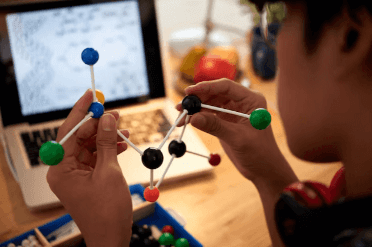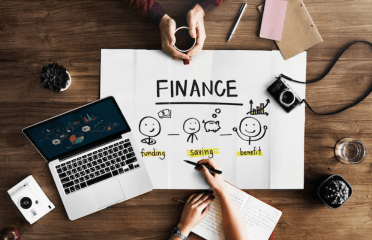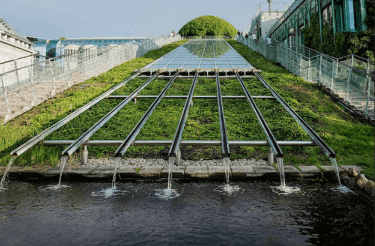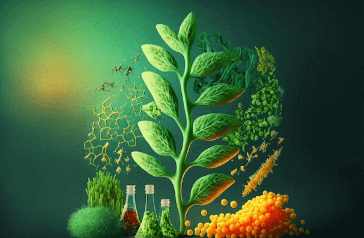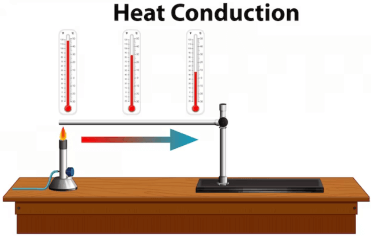Question
a.
initiates a chemical reaction and is a catalyst by itself.
b.
atlers the position of equilibrium in a reversible reaction.
c.
increases the number of active centres by increasing the unevenness of catalyst surface and by creating discontinuities in the crystals.
d.
all (a), (b) and (c).
Posted under Chemical Reaction Engineering Basic Chemical Engineering
Interact with the Community - Share Your Thoughts
Uncertain About the Answer? Seek Clarification Here.
Understand the Explanation? Include it Here.
Q. Promoter.
Similar Questions
Explore Relevant Multiple Choice Questions (MCQs)
Q. Pure A in gas phase enters a reactor 50% of this A is converted to B through the reaction, A → 3B. Mole fraction of A in the exit stream is
View solution
Q. The rate of reaction does not decrease appreciably as the reaction proceeds in case of __________ reactions.
View solution
Q. For all positive reaction orders for a particular duty,
View solution
Q. The heat of reaction
View solution
Q. Which of the following does not produce a change in the value of rate constant of a reaction ?
View solution
Q. For the same residence time, which one will give the maximum conversion ?
View solution
Q. __________ gas is normally employed in B.E.T.method of finding out the surface area of catalyst.
View solution
Q. The rate constant of a reaction depends on the
View solution
Q. For the reversible reaction A ↔ 2B, if the equilibrium constant K is 0.05 mole/litre; starting from initially 2 moles of A and zero moles of B, how many moles will be formed at equilibrium ?
View solution
Q. A batch reactor suffers from following disadvantage.
View solution
Q. A first order reaction is to be treated in a series of two mixed reactors. The total volume of the two reactors is minimum, when the reactors are
View solution
Q. Half life period of a chemical reaction is proportional to Cᴀ₀⁻¹ , if the reaction is of __________ order.
View solution
Q. The irreversible reaction, X → Y, is the special case of the reversible reaction, X ↔ Y, in which the
View solution
Q. In a first order reaction, the time required to reduce the concentration of reactant from 1 mole/litre to 0.5 mole/litre will be __________ that required to reduce it from 10 moles/litre to 5 moles/litre in the same volume.
View solution
Q. Photo-chemical reactions occur in presence of
View solution
Q. 'n' number of plug flow reactors (P.F.R) in series with a total volume 'V' gives the same conversion as one P.F.R. of volume
View solution
Q. Knudsen diffusion is directly proportional to
View solution
Q. Fractional conversion __________ for an exothermic reversible chemical reaction, when the temperature is maximum.
View solution
Q. The rate constant of a reaction is a function of the
View solution
Q. Mean residence time is equal to the space time, when
View solution
Recommended Subjects
Are you eager to expand your knowledge beyond Basic Chemical Engineering? We've handpicked a range of related categories that you might find intriguing.
Click on the categories below to discover a wealth of MCQs and enrich your understanding of various subjects. Happy exploring!

